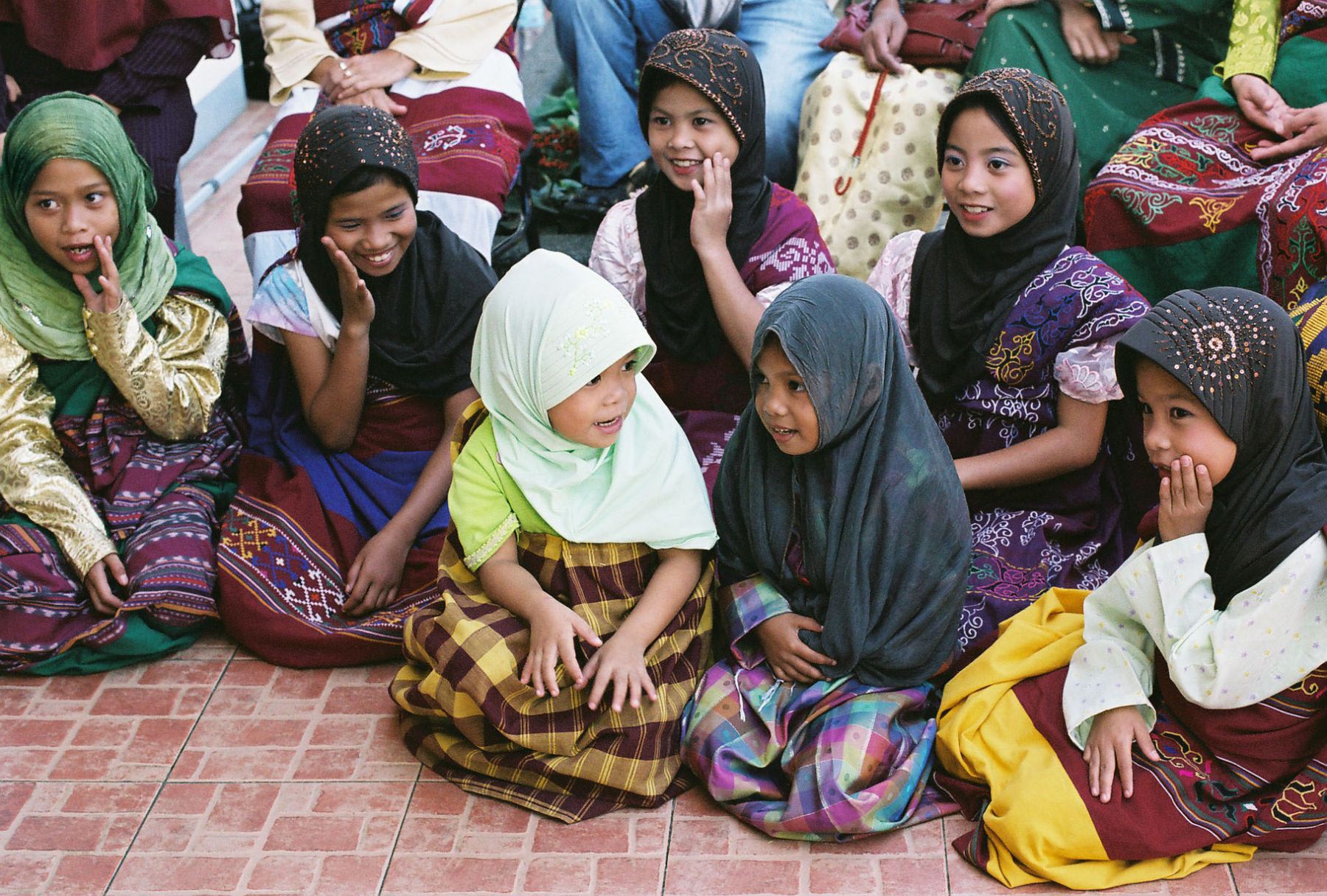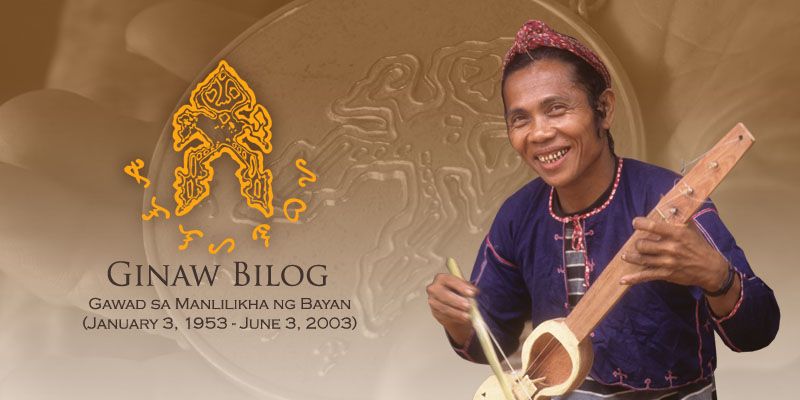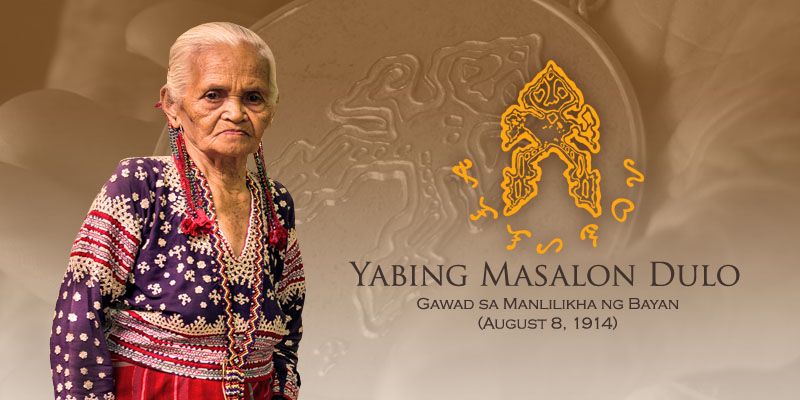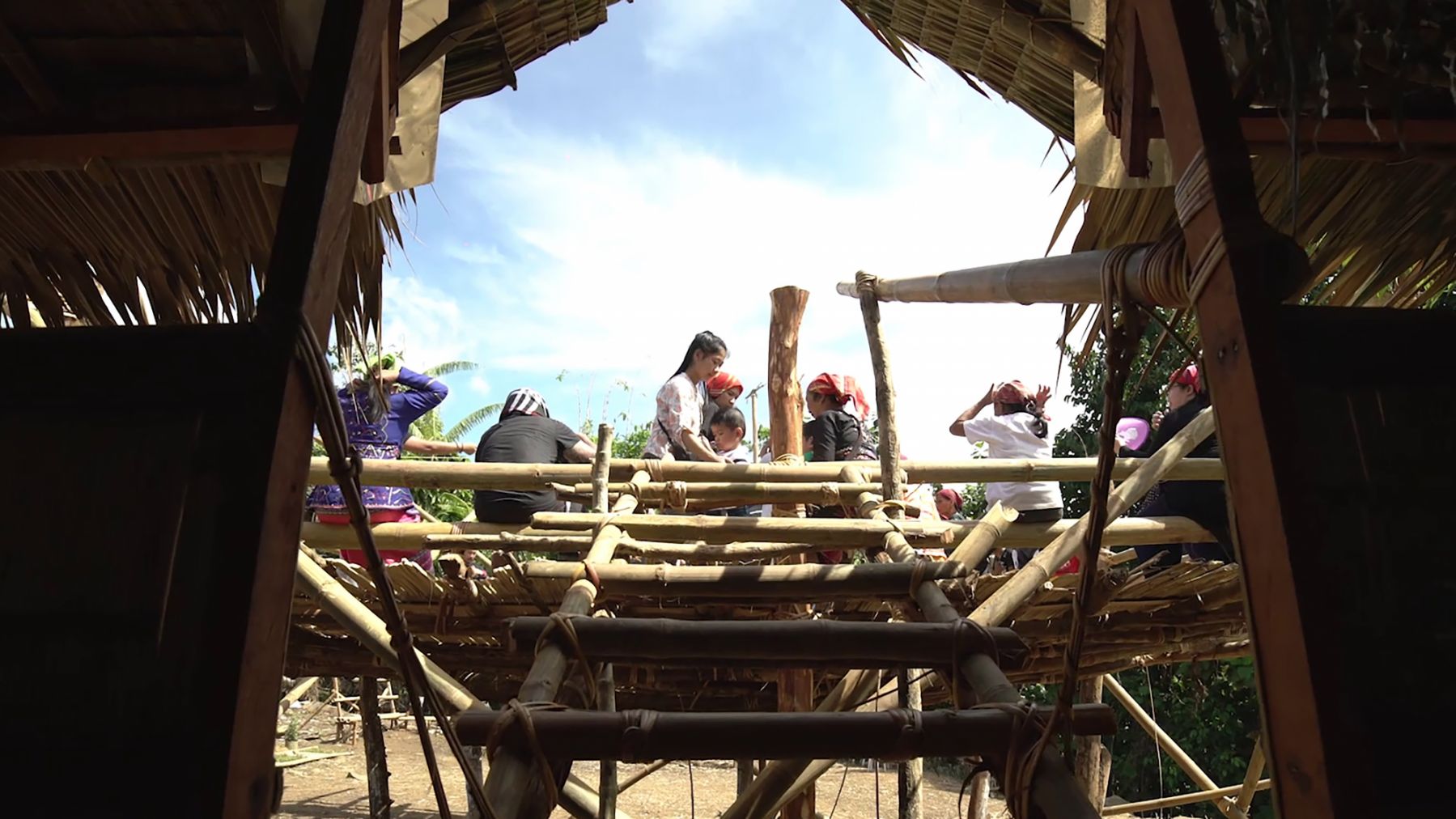The preservation of our country's intangible cultural heritage is an effort to remind ourselves of the vibrant and diverse nation that we are
I remember cruising the long stretch of Loboc River on a motorised boat in Bohol during my younger years. It was a hotspot for tourists yearning for the province's local flavour and splendour. Later on, the boat parked by a station where a group of people in bright-coloured traditional garments buoyantly performed the Kuradang song and dance while the others played the instruments.
After being in the city for so long, it was refreshing to set foot in a different region. But it was not at all unfamiliar to me, unlike the other group of tourists at the other table who cheered and gazed at them (either with curiosity or fascination). By then, it occurred to me that not many had had the chance of seeing the beauty of our local heritage. This only comes with the privilege of residing in the motherland for years.
But it should not be the case for those who haven't, most especially those who are in fact Filipino by blood.
In a time when globalisation is rapidly changing the world, we should not forget the traditions and forms of expression that have helped shaped who we are. Fortunately, UNESCO began a convention, a credible avenue for the world to promote and preserve its intangible cultural heritage.









